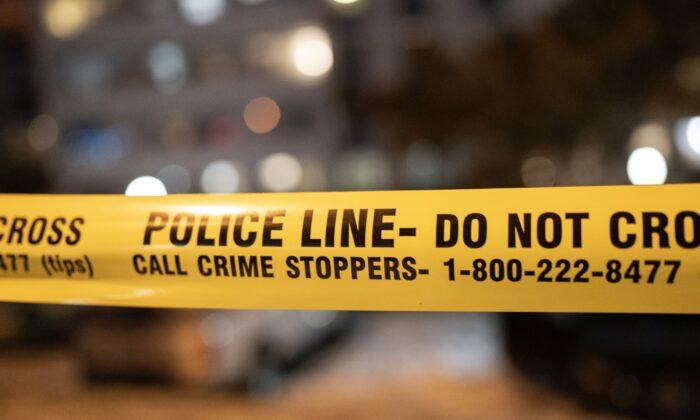A second-degree murder charge levied on an Ontario man who shot a home intruder raises questions as to what legal protections Canadians have in a situation where they need to defend themselves.
Ali Mian, 22, of Milton was charged with second-degree murder for shooting one of five intruders intent on robbery who entered his home. The incident happened at 5 a.m. on Feb. 19.
Twenty-one-year-old Alexander Amoroso-Leacock of Toronto died from his wound. Romario Clarke, 20, of Oshawa was charged with one count of break and enter and one count of unauthorized possession of a firearm, while three suspects remain at large.
Police stand by their charge of second degree murder against Mian, saying that further details of the investigation and evidence to substantiate the charges will become public at a later time.
Mian’s lawyer has said his client is a registered firearm owner who used his gun legally when protecting himself and his mother. It was after the men who broke in attacked his mother that Mian allegedly shot one of them, the lawyer said.
The incident follows a similar one last December, where a Halifax resident fatally stabbed a home intruder. However, he was not charged by police.
Karen Bastow, a B.C. criminal lawyer who has defended those facing charges after using force against an attacker, said circumstances that weigh on a police decision can vary.
“The nature of the weapon can make a difference. In Nova Scotia, you have a stabbing. In Ontario, you have a firearm. There’s more concern with the use of firearms, and that may be a factor in the decision,” Bastow said in an interview.
“Anyone charged with murder doesn’t normally give a statement, saying, ‘This is what I was thinking.’ They get advice from a lawyer who says, ‘Don’t say a word, you’re charged with murder.’ And so those issues that determine how self-defence applies have to be explored at a trial.”
Retired RCMP officer Leland Keane, a use-of-force instructor between 1994 and 2019, said people are smart to stay silent in such circumstances. He believes the legal system too often treats law-breakers as the victims worth protecting.
“Sadly, real victims, as I have known such people, often do not retain a lawyer, especially in the case of a death or severe injury to a suspect. They mistakenly believe that the courts via the information given to the police will protect them for being honest. Big mistake. The legal system is not victim-centric,” Keane said.
“Canadians are often naive about their right to silence. Politics, laziness, and upward mobility [in the legal system] are factors that a victim has to navigate. A victim’s best course is to speak to an attorney in the case of injury or death to a suspect.”
Section 25 (1) of the Criminal Code says private individuals and peace officers who administer or enforce the law are, “if he acts on reasonable grounds, justified in doing what he is required or authorized to do and in using as much force as is necessary for that purpose.”
In this regard, Keane believes a civilian facing charges for alleged excessive use of force may have an easier time than a police officer.
Use of Force
In 2012, the Harper Conservative government passed Bill C-26, the Citizen’s Arrest and Self-defence Act, to clarify the legal principles involved. The bill led to a number of Criminal Code amendments.“I believe that ‘all’ charges should be pre-screened by prosecutors before they are ever laid by the police. The police are there solely to collect evidence and they do not have the legal expertise to assess whether [charges are appropriate],” Davies told The Epoch Times.
“First, there must be sufficient evidence to ensure a reasonable prospect of conviction. Second, they must consider whether it is in the public interest to prosecute the case. And last, they must consider whether a failure to prosecute would bring the administration of justice into disrepute,” he said.
“These are all supposed to be given equal weight when it comes to making a decision to prosecute or not prosecute. This unfortunately seldom happens.”





